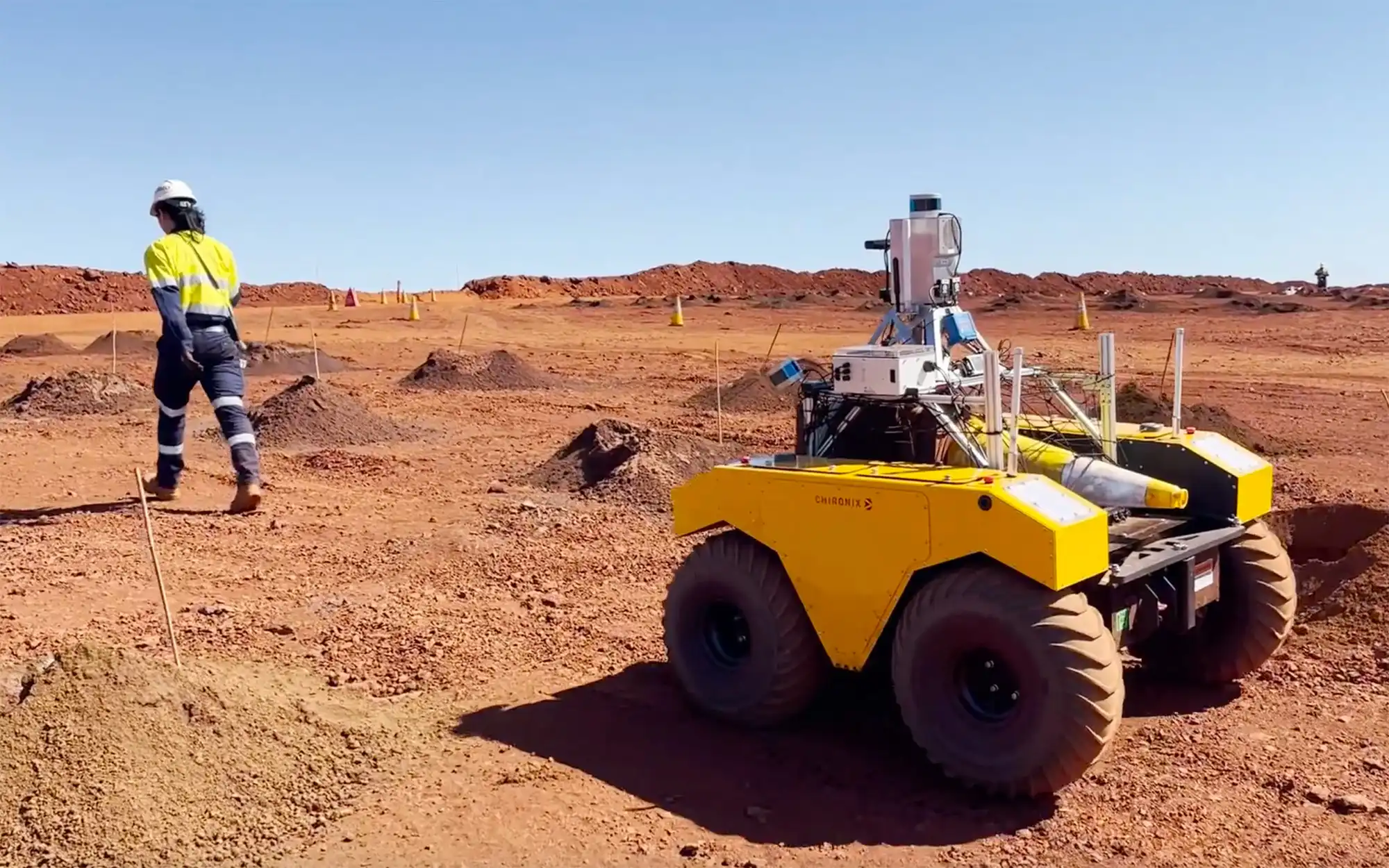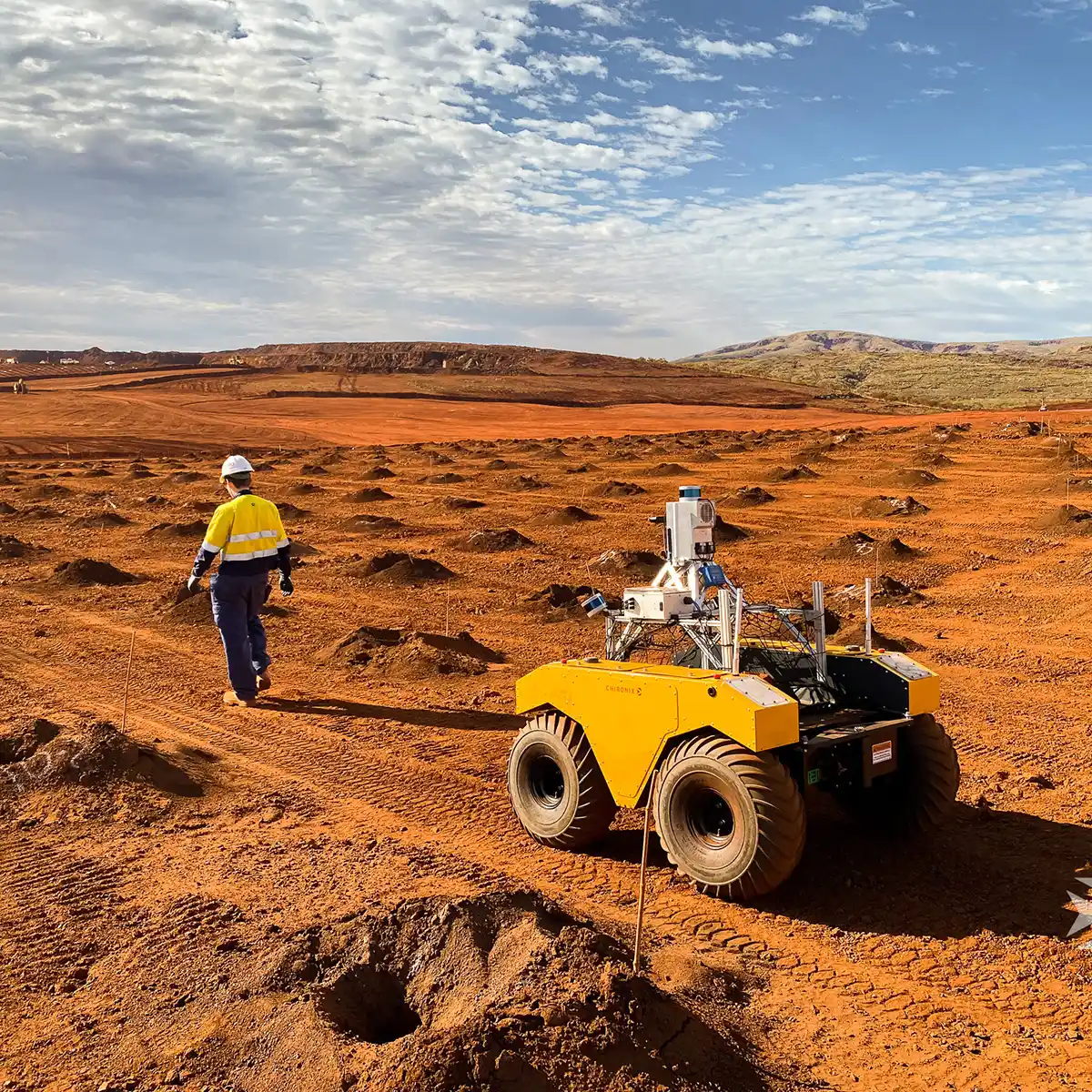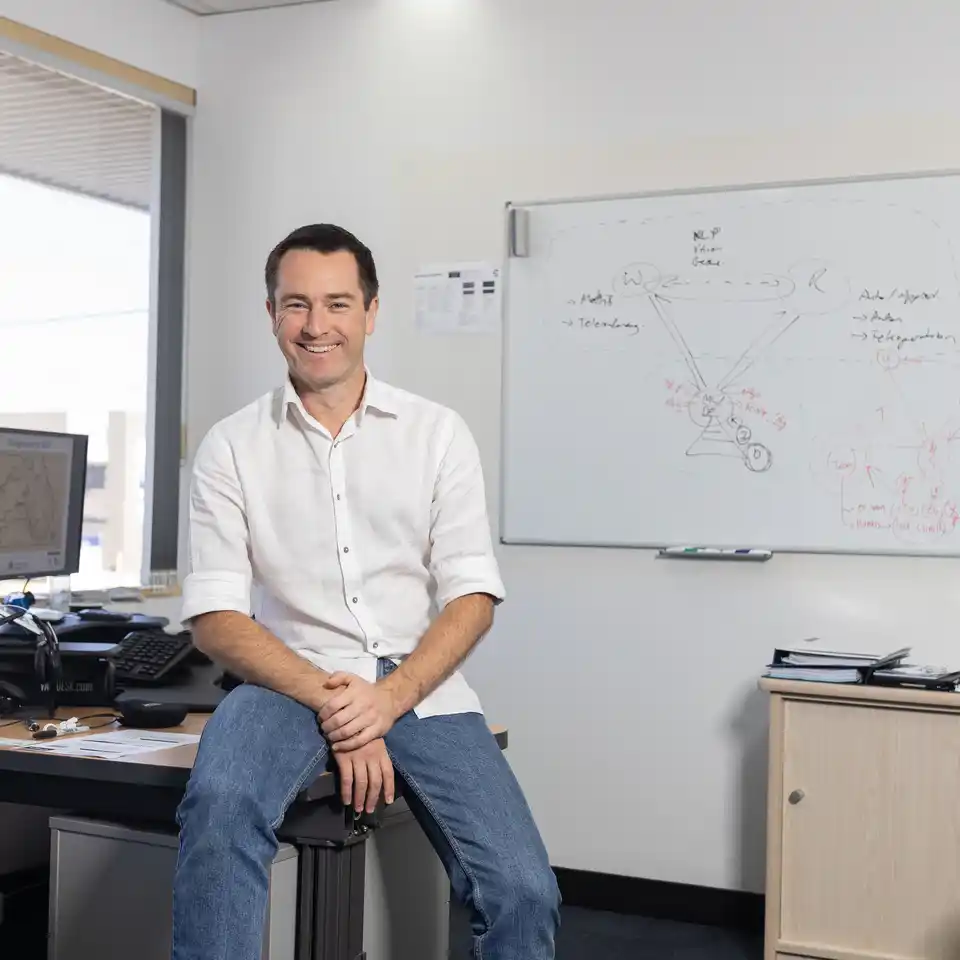Connecting Capabilities: Making Robotics Work For You
True robotic effectiveness comes from seamless integration – connecting the right hardware, sensors, and existing enterprise systems into a unified, intelligent whole. Chironix excels at this complex systems integration, leveraging our platform-agnostic PilotOS software to orchestrate disparate technologies.
We ensure that robotic platforms, specialised payloads, and your operational software work together harmoniously, delivering reliable data, streamlined workflows, and enhanced situational awareness tailored to your specific needs.
Our Structured Integration Approach
Assessment & Design
Interface & Driver Development
Testing & Validation
The Value of Expert Integration
Chironix’s integration expertise unlocks significant value beyond basic hardware capabilities. By seamlessly connecting best-in-class, specialised components (regardless of manufacturer) and linking them to your existing operational systems through PilotOS, we create truly optimised, bespoke solutions.
This avoids vendor lock-in, maximises the utility of both new and existing assets, ensures data flows to where it’s needed, and provides a unified control interface, ultimately delivering greater operational efficiency and a higher return on investment.

Core Integration Capabilities
Hardware & Sensor Integration

Enterprise Software Integration

Data Fusion & Processing

Hardware & Sensor Integration

Enterprise Software Integration

Data Fusion & Processing

Partnerships & Future-Proofing
Successful integration relies on strong collaboration. We work closely with both our clients and our hardware partners throughout the integration lifecycle. This ensures clear communication, effective troubleshooting, and solutions that are truly aligned with operational needs and leverage the full capabilities of the chosen technologies.
Technology evolves constantly. Our integration approach is designed for adaptability. By using modular design principles, standardised interfaces where possible (like ROS), and the flexible PilotOS core, we create integrated systems that can be updated, expanded, or adapted to incorporate new hardware, sensors, or software capabilities as your needs and the technology landscape change.
